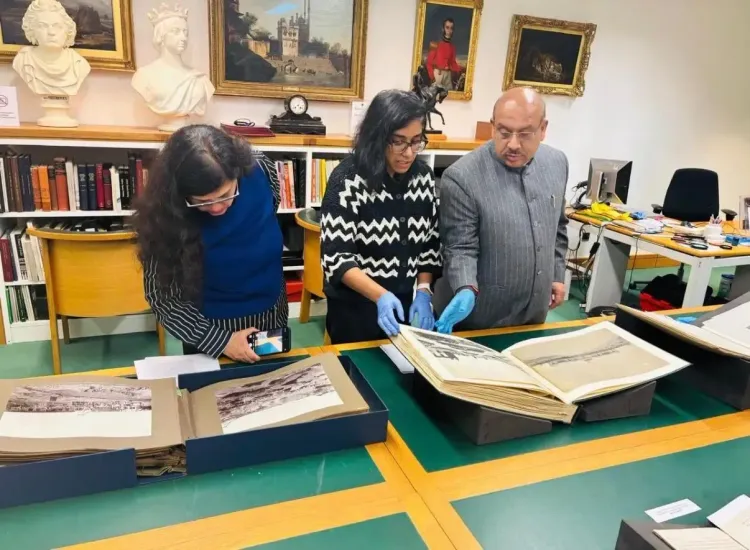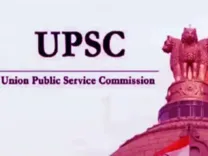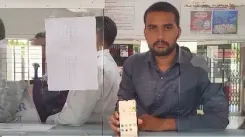What Did Delhi Speaker Discover at The British Library?

Synopsis
Key Takeaways
- Exploration of rare archival materials from the colonial era.
- Importance of legislative history in shaping democratic values.
- Collaboration with The British Library strengthens cultural ties between India and the UK.
- Insights into India’s legislative evolution from 1900-1930.
- Preservation techniques for historically significant documents.
New Delhi, Oct 4 (NationPress) Delhi Legislative Assembly Speaker Vijender Gupta made a significant visit to The British Library in London on Saturday to explore archival materials, rare photographs, and manuscripts from the House that trace back to the colonial period.
An official statement from the Delhi Assembly secretariat revealed that the specially organized exhibition highlighted the evolution from the Imperial Legislative Council and Central Legislative Assembly to the contemporary Delhi Assembly.
Gupta remarked, “Studying legislative history is more than an academic pursuit; it connects us to the very roots of India’s democratic evolution. These priceless records will motivate lawmakers, scholars, and the youth to appreciate the development of governance and reinforce the democratic principles embedded in our Constitution.”
He emphasized the importance of rigorously studying legislative history to enable future policymakers to glean insights from the past while crafting future laws.
This visit and the ensuing discussions were facilitated by the British High Commission.
Officials from The British Library welcomed the Delhi Assembly's initiative to make these archives accessible to researchers and legislators in India.
This partnership with The British Library signifies a vital advancement in preserving India’s legislative legacy while enhancing cultural and institutional connections between India and London, as stated in the announcement.
During this occasion, Gupta presented the book “Modi@20” to Cécile Communal, the International Office Manager, expressing gratitude for the collaboration with the library.
A member of the British High Commission, Sahara Qureshi, was also present during this notable visit.
Gupta delved into India’s legislative records from 1900–1930, providing crucial insights into the nation’s legislative and parliamentary history.
He also scrutinized rare manuscripts, photographs, and archival volumes that encapsulate significant milestones of India’s legislative and parliamentary advancements during British rule.
The Speaker received a comprehensive briefing on the preservation and digitization techniques utilized by The British Library to safeguard fragile documents of historical significance.
He also reviewed rare visual documents of the Indian Legislative Council and Council Chambers from the early 20th century, as noted in the statement.
Gupta further examined a collection of historical photographs showcasing India’s political, ceremonial, and urban history.
Notable images include the 1911 Delhi Durbar, illustrating the arrival of King George V and Queen Mary, ceremonial parades, and the presentation of Colours, alongside early perspectives of New Delhi and Government House, featuring Secretariat buildings, Durbar Hall, and formal gardens.
The Sir Hugh Trowbridge Keeling Collection documents the city’s early construction, encompassing the foundations of Government House, the Viceroy’s Court, and supporting infrastructure. Collectively, these photographs present a unique visual narrative of Delhi’s transformation and the origins of India’s legislative and democratic traditions, as articulated in the statement.
The British Library stands as the UK’s national library and the largest library globally, boasting an estimated collection of over 20 crore items from various countries.









